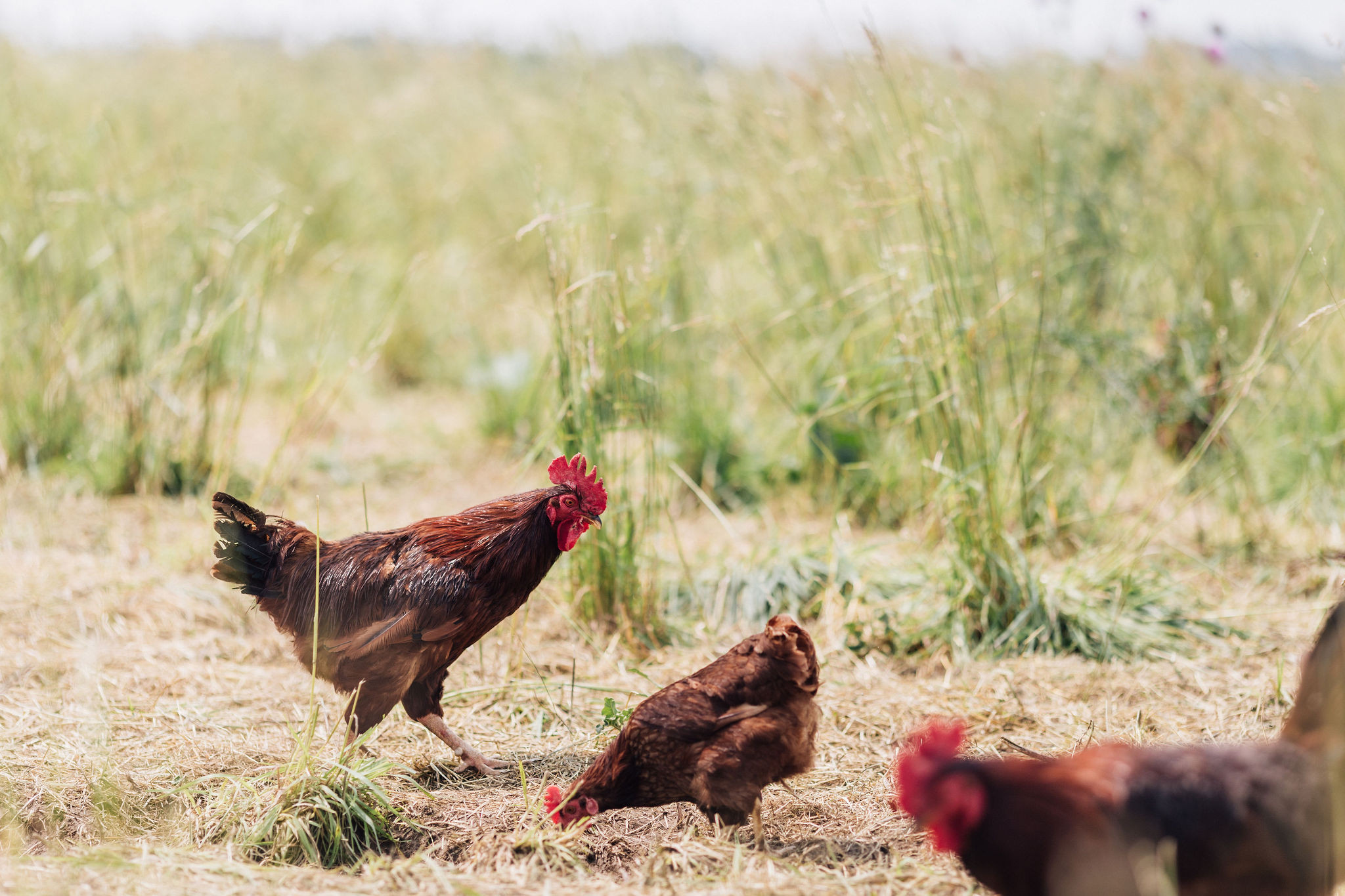The unique color and flavor of grass-fed beef
posted on
November 30, 2018
Once you’ve been eating 100% grass fed and finished beef for a while, the conventional grain-fed counterpart loses its luster. Truly pastured grass-fed beef will be tougher and full flavored (and sometimes even a bit “gamey”), making the conventional option often taste mushy and lackluster. How has this become the normal American standard?
A complex nutty flavor is simply delicious and yellow fat that accompanies it are both signs that you are eating beef from a healthy well-raised cow. The color of beef fat is indicative of nutritional content, and the flavor is directly correlated to its diet.
Fat color is a function of what kind of vitamins are present in the cow's diet. The key ingredient that makes grass fed beef fat look yellow instead of white is beta-carotene, which is stored in the fat.
Beta-carotene is a natural form of Vitamin A, an essential nutrient, which the body can convert to Vitamin A as needed.Beta-carotene is also an antioxidant, important for protecting the body against free-radicals. Grass contains beta-carotene. Grain does not. When you see yellow fat, you can infer that the meat is also packed with Omega-3s, CLA and TVA (super healthy fats), saturated fat, carotenoids, and trace minerals.
The flavor of the meat is affected by what the cow is finished on in the last 60 days. Cows finished on grain will have a “mild” flavor, whereas cows finished on grass will have a stronger “nutty” taste. The time of the year that a grass-fed pastured cow is processed affects its flavor. Cows finished on healthy fresh grass will taste better and have more distinct and complex earthy undertones.
This is why, even though our cows are fed grass all year, most of our beef cows are processed in June or October, at the end of peak grass growing seasons.
One of my favorite and super easy beef dishes to prepare is a chuck roast. I suggest marinating the roast in buttermilk overnight. Roast slowly or cook in a slow cooker with a few cups of water, a bay leaf, some thyme, salt, and pepper. This simple preparation really lets the flavor of the beef shine. Enjoy your beef!




